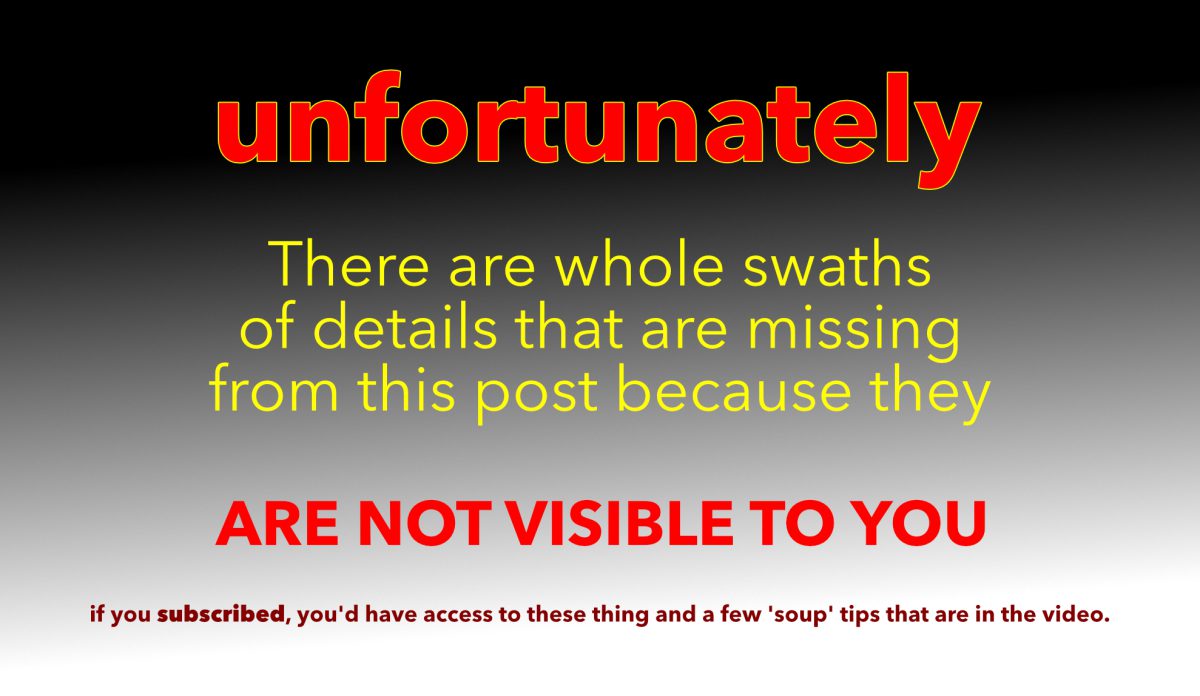Let’s get something out of the way immediately, ok…a few things: This particular Tango Topic is a Tango Topics phrase. Meaning that you’re not going to find it in any tango class with any other teacher. Secondly this topic refers to a class of vocabulary that isn’t particularly sexy to talk about, “talk” being the operative word. Thirdly after watching the video above, you’re going to ask yourself, “what’s the point ?”. And you’d be right to ask that question. It’s actually, almost quite boring to watch. Watching it is one thing, doing it on the other hand, is radically different, and it sooooo vicseral in it’s application that you’ll want to spend all of your time doing nothing but just because of the way it feels when it’s done properly. And that right there is the key component. Doing it properly.
To be clear a Cross Body Incremental is not necessarily the topic that makes you go, “WOW!!! OMG!! I want THAT!!!”. It’s just not. And yet, this particular topic is quite literally every. single. thing. about tango that you find to be fun, intimate, and absolutely delicious at the same time. It’s that good. So yeah, on the outside looking in, not so much. On the inside, doing it….OH MY F*CKING GOD!!!! So without further adieu, today’s Tango Topic – Cross Body Incrementals.
What is a Cross Body Incremental ? In its simplest form a Cross Body Incremental is motion that is generated from Opposition, which results in the Follower’s leg extension across the meridian line of the couple, usually to the opposite side. The distinction between Cross Body Incrementals and a ‘step’, is that there’s typically no weight transfer at all in Cross Body Incrementals. Where it gets its name from is the fact this is all about, say it with me, ‘incremental’ motion. Meaning you don’t have to do this all at once but rather in tiny little bits, which typically match the beat, or an 8th or 16th note in the music (this is NOT shown in the video). So what’s the Cross Body part if it’s just incremental motion ? Isn’t that kinda like Traspie ? No, for two reasons. In Traspie, which is typically employed in Milonga…typically, there is a slight weight transfer. In this instance, there is no weight transfer. Secondly, in Traspie, the motion is usually (very often) linear. Meaning ? That the Lead will invoke the Follower to extend their leg backwards or forward, or side in linear fashion. In this instance, the Follower is being asked to extend and oppose across the Lead’s body, and across the couples meridian line in close embrace. So in essence while it may appear to be a Traspie. It is anything but!
The Free Tip. While this stuff is all about Opposition, there is another element here at play that has everything to do with ‘Body Position’ and ‘Body Placement’. For those of you that are not keeping up with what those phrases mean, ‘Position’ is where you are in relation to your partner. ‘Placement’ is what you do with that ‘Position’! This is all about ‘Position’. Put another way, if you haven’t seen the video on The Armpit Dancer, then stop here, and go look at the link, and then come back and read this: You need to be ‘buttons-to-buttons’ with your partner or Sternum-To-Sternum. Not in their armpit! Doing so, and this stuff fails! Well, not fail, but not ideal. One side will seemingly work really well, when the other side doesn’t, in specific the Open side of the Embrace will not work very well. The Follower will end up having to contort in all sorts of ways to make this work, none of which are good. So ‘buttons-to-buttons’ is desirable!

About The Video. This video comes in at 36m:38s in length in 9 Sections. Separate Lead Technique and detailed Follower Technique is explained here in the video.
Section 1 – Introduction – 00:04:26
Section 2 – Lead Technique – 00:04:36
Section 3 – The Weight Change – 00:02:41
Section 4 – Embrace Clarity – 00:00:53
Section 5 – Cross Body Close Up – 00:02:34
Section 6 – Follower Technique – Opposition – 00:05:09
Section 7 – Follower Technique – Legs – 00:03:05
Section 8 – Follower Technique – Feet – 00:04:15
Section 9 – Dancing Ideas/ End – 00:08:20

